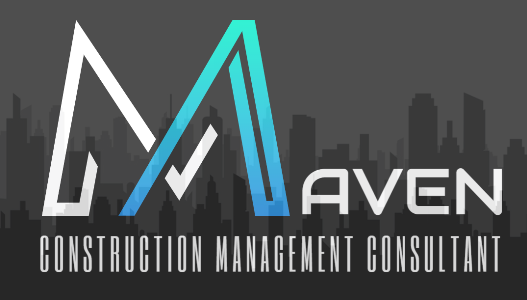
Construction Technologies that will change the way houses are built
Construction technology refers to the collection of innovative tools, machinery, modifications, software, etc.
used during the construction phase of a project that enables
advancement in field construction methods, including semi-automated and
automated construction equipment.
Deloitte’s 2021 engineering and construction industry outlook,
76 percent of engineering and construction executives indicated that
they are planning to invest in digital technology this year. Investing
in the latest construction technology is helping business owners
facilitate digital transformations and stay a step ahead of the
competition.
There are real, practical applications and benefits to modernizing
your current processes. And if your construction company wants to
maintain a competitive edge, you’ll need to find ways to integrate new
approaches into your strategy and workflows.
These cutting-edge technologies are drastically changing how the industry operates and how future projects will be completed.
Types of Construction Technology Impacting the Industry:
- Artificial Intelligence
- Drones
- Building Information Modeling (BIM) Software
- Virtual Reality and Wearables
- 3D Printing
Artificial Intelligence
For years, artificial intelligence (AI) has provided benefits to
construction projects through increased safety, improving workflows, and
getting jobs done faster and better. However, many construction
companies continue to navigate and learn how to best apply this complex
technology within their organization.
Some larger firms have started to build out their own AI programs
to help with internal decision-making processes and operations. While
others are relying on third parties, such as AI advisors and solutions
providers, to audit their current practices and identify opportunities
for AI and/or machine learning implementation.
Drones
Drones are the most widely used emerging construction technology. They can conduct site surveys more quickly and accurately than a crew on the ground and are cheaper than aerial imaging. Their high resolution cameras and the data collected can create interactive 3D or topographical maps and models, and take volume measurements.
Another benefit of using drones is the ability to inspect hard to reach places such as bridges or around tall buildings, and to do it safely. You can also use them to monitor progress on a job site and see how people are working.
Building Information Modeling (BIM) Software
The use of BIM provides space for better collaboration because each person and expertise area can add their piece to the same model, instead of broken out onto multiple versions of a 2D paper drawing. This way, the model evolves immediately as people contribute, streamlining the process and increasing efficiency. BIM also helps with problem solving in the design and planning stages of a project, by automating clash detection and providing a more complete picture of the project.
We’re seeing more and more global government initiatives to make BIM a compulsory procedure for large-scale facilities projects, including in India, Hong Kong, France, South Korea, Germany and Italy. In the United Kingdom, BIM is already mandatory for government construction projects. According to Research and Market’s 2021 Building Information Modeling Market Report, emerging trends that will have a direct impact on the industry include AI development in BIM, increased demand for BIM-based cloud collaboration, and modular construction and prefabrication.
Virtual Reality and Wearables
Virtual reality technology is often used in conjunction with BIM to help better understand complex projects. Think of the potential: you create a building design with BIM and then are able to use VR to actually walk around it. Pretty cool, right? This will give your team, or the client, an even more realistic idea of what the project will look like once completed. Having a more complete grasp on the project before it begins gives you the opportunity to avoid big changes and expensive change orders mid-way through.
Wearables are a construction technology that are not only making a positive impact on safety, but also productivity. Wearable technology in the construction industry can increase productivity by 8.5 percent and workplace satisfaction by 3.5 percent. Some notable products on the market, includes XOEye Smart Glasses, Spot-r Wearable Sensor and Redpoint Positioning Safety Vest Sensors.
3D Printing
3D printing as a construction technology has the potential to change material sourcing. For prefabrication, materials for a project can be printed and then transported to the job site, ready for use immediately. This can allow you to get materials faster and streamline the process by removing extra steps in the middle.
3D printing makes it possible to print materials right on site, reducing waste and further saving on transportation and storage costs. However, one of the current challenges with adoption of this technology is limitations with mass production. Although some 3D printers can produce on a larger scale, they are expensive.



